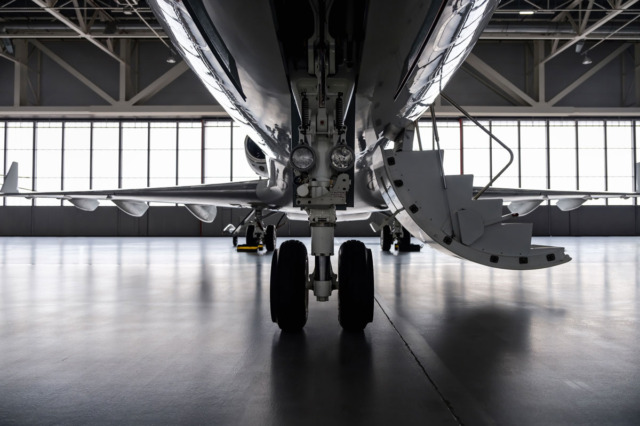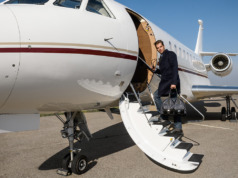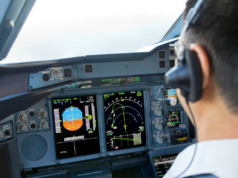
Safe flights, ground movements, and Maintenance-Repair-Overhaul (MRO) operations do not happen in a vacuum. They require continual effort and vigilance. While there are substantial data enabling aircraft owners, managers, and operators to evaluate flight operational safety, there is less information accessible to ensure MRO safety.
MROs play a critical role in the safe operation of an aircraft, so consider their culture of safety just as seriously as you do your flight operator’s.
When deciding whether or not to use a particular MRO, look for seven qualities predictive of their performance and culture towards safety and risk management:
Is the MRO in compliance with the FAA’s Safety Management System (SMS) program?
The FAA’s SMS program makes risk management a fundamental business process and integrates best practices into operations. While SMS currently is voluntary, its adoption – especially at the highest level of “active conformance” – reflects a serious and proactive approach to safety.
How comprehensive is the MRO’s incident reporting?
Some companies record only more serious mishaps and mistakes, ignoring minor matters. All incidents, even the seemingly small, should be recorded, in order to identify important trends. Major incidents usually occur after several related indicators appear in similar minor ones. MROs must have a very simple, easily accessible way to report in a non-punitive way – what is currently referred to as a “just culture.”
What is its process for incident assessment?
Every incident should be recorded and investigated so the MRO can determine whether it is a “one-off” or a recurring problem. As with reporting, the MRO can minimize investigative time by simplifying the process, enabling investigators to zero in on the most critical problems. Sometimes, an increase of incident reports of minor severity is better than having fewer incident reports overall, especially ones of a severe nature. The goal is not just fewer incidents but also less severe ones that don’t repeat.
Are safety practices consistent across all facilities?
Consistency in practices, policies, and procedures is one sign of an effective MRO, especially if there are multiple facilities or semiautonomous providers such as mobile response units. In fact, such consistency is a determinant for the FAA to recognize an MRO as having a single, corporatewide SMS, which generally reduces safety risk through a common database, common manual and documentation, and a single, accountable executive.
Is there a 100% buy-in from all internal stakeholders?
Acceptance and participation for an MRO’s safety program, from the CEO to the newest hire, is essential for success; any safety program is only as strong as its weakest link. (Listen to BAA’s Don’t Sidestep Safety). Among the ways to gauge buy-in is through communications and feedback about incidents to its employees; in an MRO with high buy-in, both will be extensive, the goal being to learn from what happened.
Is there a genuine culture of safety?
A culture of safety can be imposed from the top down, but can truly succeed only if embraced from the bottom up. An MRO’s leadership needs to encourage honest reporting by correcting and teaching rather than by reprimanding and punishing. That enables an MRO to avoid future incidents by adapting those lessons into standard procedures.
Which third-party validations has the MRO earned?
The new WYVERN Certified MRO designation and the FAA’s SMS program bring the credibility earned by experienced professionals who conduct audits known for their rigor and comprehensiveness. Award of these designations gives confidence that an MRO’s safety programs are truly effective.
Beyond providing increased safety margins, these safety programs generate real expense reductions, for the MRO and you, the client. Finding an effective MRO can generate excellent results for all aircraft owners and operators – if you ask the right questions.






